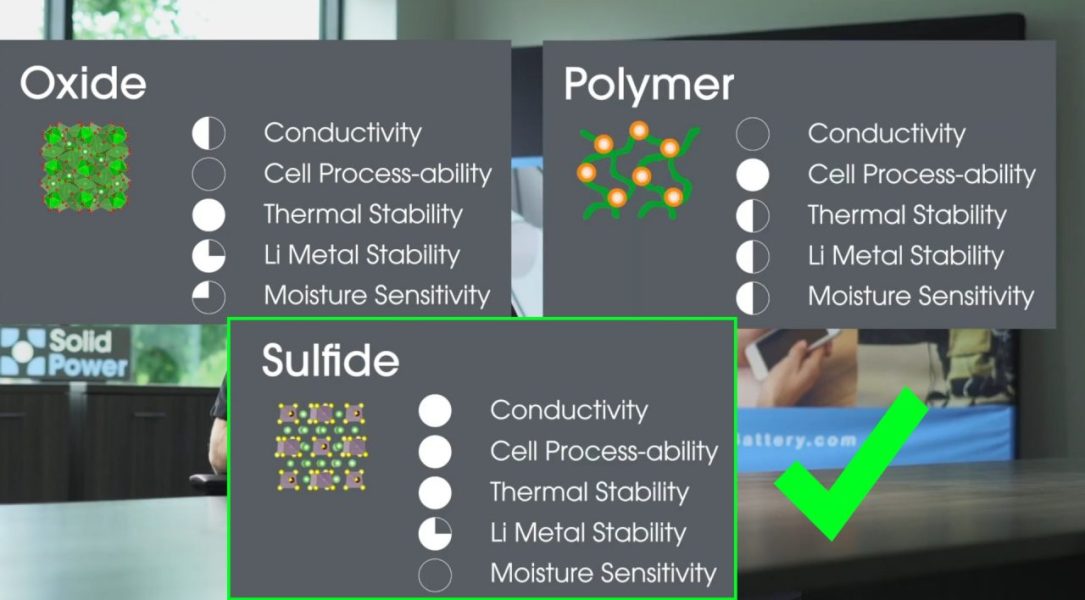
Solid Power: We can start selling solid elements in 2021. In cars? In 2026-2027.
In 2018, Solid Power boasted that it already had solid electrolyte cells (SSBs). with an energy density 2-3 times higher than that of classic lithium-ion batteries. Now the startup has announced that it is ready to launch them into production even in a year. But we will wait for the mass character and electric vehicles.
Cells with solid electrolyte from Solid Power. "They're almost there" which means they're gone
In describing the elements, Josh Garrett, chief technologist at Solid Power, boasted that his company used a metal anode (lithium metal cell). This suggests that we are dealing with an anode made of pure lithium or lithium enriched with some metal, instead of the classic graphite anode or graphite doped with silicon. This alone promises a higher energy density per unit mass.
> New week and new battery: LeydenJar has silicon anodes and 170% batteries. present time
Garrett also found that three types of electrolytes are used in solid-state cells and putative solid-state cells on the market: 1 / polymer, partly based on liquid electrolytes, 2 / based on oxides (often titanium), and 3 / using sulfides. ... ...
Solid Power uses sulphides, or rather a glass-ceramic structure immersed in sulphides. (a source). It is believed that sulfides combine the advantages of polymers and oxides, while at the same time, due to their relatively low hardness, they can be formed and produced using traditional processes. The electrolytes that break capacity records are somehow sulfide-based.

The company says that the first stages of commercialization of their cells could take place as early as 2021. However, the finished product is not expected to be available until mid-decade, and Electric vehicles with solid electrolyte cells should begin production from factories in 2026-27..
After this small disappointment, another follows: Solid Power cells must provide an energy density "at least 50 percent higher than that of lithium-ion cells", with "expandable up to 100 percent." Therefore, there are no more enthusiastic claims of energy density 2-3 times higher than in classic lithium-ion cells with a liquid electrolyte.
With the progress we are currently seeing, typical lithium-ion cells in 2026 should be better than those developed by Solid Power today.
> Lab powered by Tesla: These are new lithium-ion / lithium-metal hybrid cells.
This may interest you: